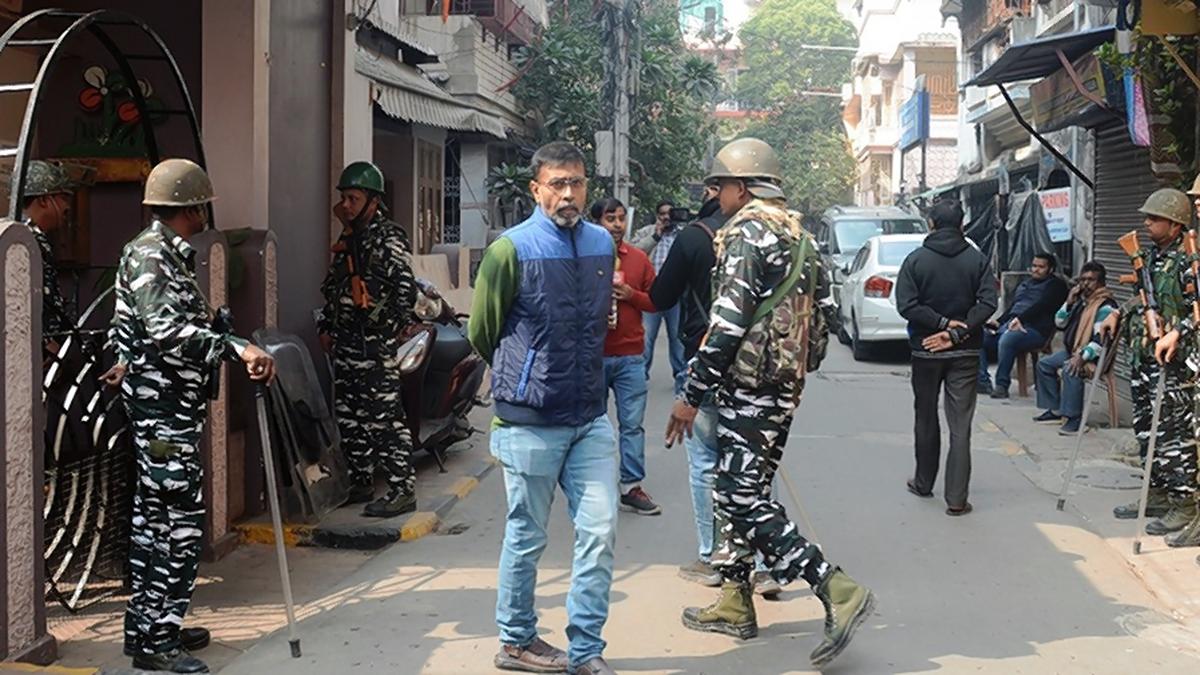
Students learn how to plant paddy saplings at GREENS Biodiversity Sanctuary in Kolarpatti, Tiruchi.
| Photo Credit: SPECIAL ARRANGEMENT
Students learn how to plant paddy saplings at GREENS Biodiversity Sanctuary in Kolarpatti, Tiruchi.
| Photo Credit:
SPECIAL ARRANGEMENT
Alexander Amirtham, founder and executive director, GREENS Biodiversity Sanctuary.
| Photo Credit:
Nahla Nainar
Children and teachers from five schools recently learned to transplant paddy saplings in an effort to understand where their food comes from, during an experiential workshop hosted by GREENS Biodiversity Sanctuary at Kolarpatti, Manikandam Alampatti this week.
Organised in collaboration with the Department of School Education, Chennai, the workshop was preceded by an orientation programme for 45 biology teachers from government and private schools a few days earlier.
“This may be the last generation that knows how to cultivate its food. Though modern agriculture is moving towards genetically modified crops and fortified grains, it is sad that our children do not even know the basics of food production. It is important for them to experience farming in order to understand the process,” Alexander Amirtham, founder and executive director of the sanctuary, told The Hindu.
At the workshop, children had fun planting the paddy saplings in plots filled ankle-deep with water.
Mr. Amirtham, a botanist with diplomas in plant conservation techniques and in botanic gardens management from the Royal Botanic Gardens, Kew, UK, was inspired to develop the sanctuary in 2014 by Mother Lea Provo, the Belgian-origin Gandhian who established the model villages of Sevapur and Vinobajipuram in Tamil Nadu.
“I volunteered at Sevapur under Mother Lea for five years, and learned about her conservation projects. Saving our indigenous seeds for the future is a key component of food security. However, India has still to take it up seriously,” he said.
The sanctuary, which sits on a 2.5-acre leased plot in Kolarpatti, has separate zones for food cultivation, forest vegetation, and medicinal plants. GREENS is a member of Botanic Gardens Conservation International (BGCI) and hosts over 400 indigenous plant varieties, including trees, climbers, creepers, tubers, food plants, and medicinal plants.
“We have deliberately avoided labels because we want visitors, especially students, to visually learn the difference between indigenous and invasive species. This kind of learning is not possible in a closed classroom setting,” said Mr. Amirtham.
Published – October 23, 2025 07:08 pm IST

